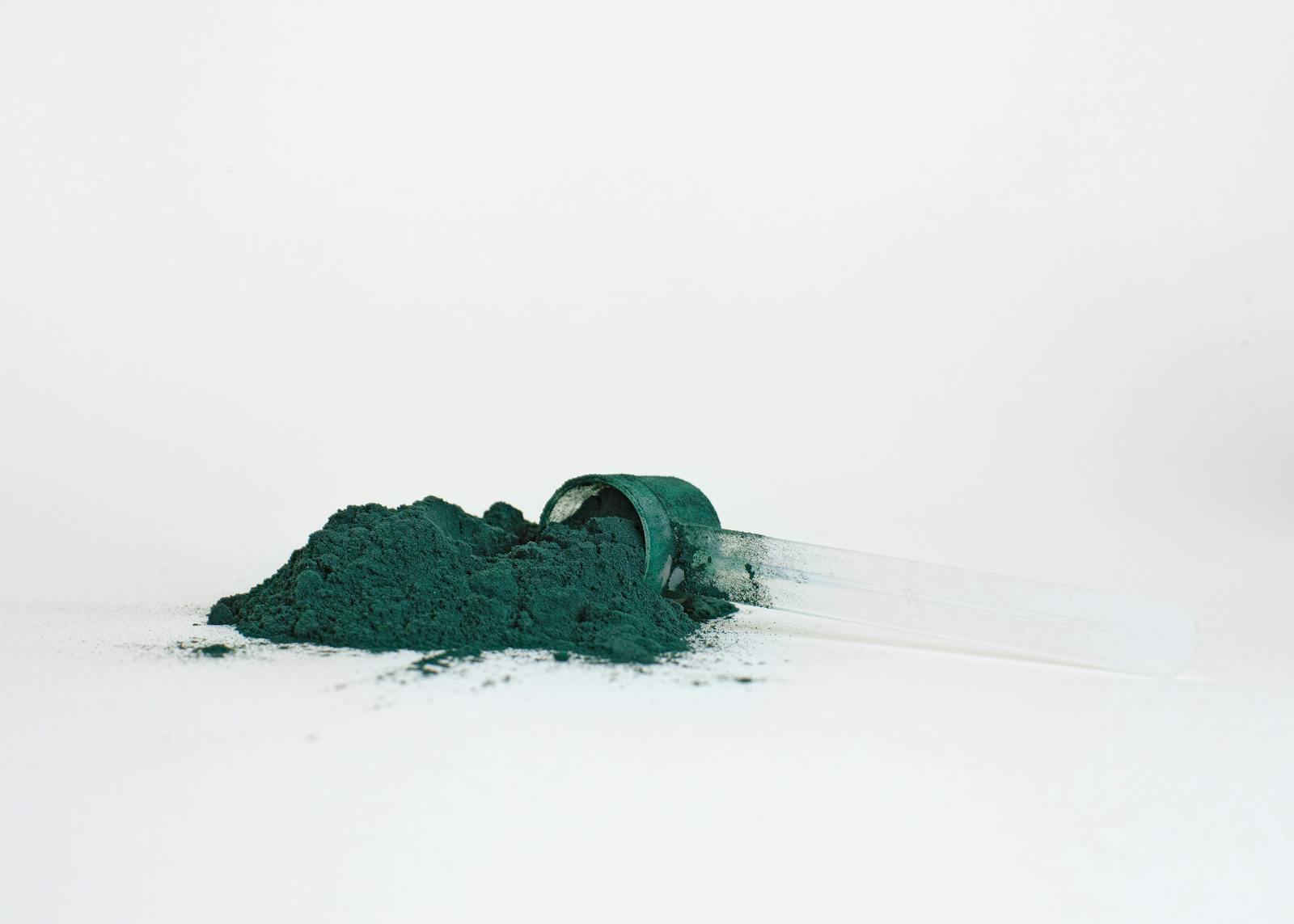The Promise and Illusion of Chemical Happiness
In recent decades, new antidepressants have been marketed as the key to emotional liberation — pills that not only relieve pain but promise happiness and inner peace. In a world increasingly marked by stress and survival anxiety, it’s no wonder such news spreads like wildfire. Pharmaceutical companies have poured massive investments into this sector, one that now affects more than 40% of the global population.
But this enthusiasm is hardly new. When fluoxetine, better known as Prozac, first appeared 20 years ago, it sparked the same wave of optimism. Yet despite the explosion in prescriptions for antidepressants and mood stabilizers, emotional suffering hasn’t declined. On the contrary, rates of relational conflict, anxiety, and depression continue to rise. The question remains: if these drugs are so effective, why are we still so unwell?
The Limits of Outsourcing Happiness
Happiness isn’t something that can be outsourced — not to money, not to status, and certainly not to medication. True, lasting joy emerges from within, from self-knowledge and a sense of meaning in one’s existence. Money may ease discomfort, but it can’t buy peace. A fulfilled person is one who finds purpose in life and faith in their own journey, regardless of hardship.
Medication, then, may serve as a temporary lifeline — a way to stabilize the mind when destructive thoughts and emotions spiral out of control. There’s undeniable evidence that emotions influence body chemistry and that certain substances can restore balance “from the outside in.” But without deeper transformation — a shift in beliefs and thought patterns — the relief fades. The body builds tolerance, symptoms return, and the pharmaceutical cycle begins again: new drugs, higher costs, and the same underlying emptiness.
What Really Happens in the Brain
Antidepressants act primarily on the dopaminergic system — the network responsible for motivation, pleasure, and satisfaction. Dopamine, the neurotransmitter at its center, activates brain regions that generate feelings of reward. Synapses — the connections between neurons — play a key role: the denser and more complex these networks, the more adaptable and efficient the brain becomes.
Excitatory synapses boost the flow of dopamine and related chemicals, fueling euphoria and energy. Inhibitory synapses do the opposite, tempering overstimulation and maintaining equilibrium. Both are vital for neuropsychic stability. When medication alters this system, it changes how the brain regulates emotion — but without addressing the personal, social, and symbolic roots of suffering, balance remains fragile.
The Cellular Logic of Emotion
Every cell in the body operates with a basic biological intelligence. It learns through reward and adaptation, and it passes that learning on as new cells are formed. Over time, the body “tunes” itself to the dominant emotional state of the person — whether joy, fear, or apathy — by adjusting receptor sensitivity and biochemical pathways.
The brain, composed of highly specialized relational cells, extends this adaptation into the psychological realm. Antidepressants, therefore, interfere with the brain’s natural reward systems. When treatment focuses only on physical or behavioral symptoms, it reduces the individual to a mechanism — leaving untouched the emotional, cultural, familial, and even spiritual contexts that shape depression in the first place.
Healing Beyond Chemistry
To understand depression, one must see it not merely as a biochemical malfunction but as a crisis of meaning. It’s through symbolic understanding — decoding what illness is trying to express — that we come to truly study the human soul and its neurochemical reflections.
Jungian psychology in particular emphasizes this symbolic process. It encourages individuals to expand self-awareness — to meet their “Self,” the ultimate center and purpose of life energy. This journey begins with confronting the persona — the social mask each of us wears. As awareness deepens, the shadow surfaces: the hidden parts of one’s psyche, along with the ancestral and collective patterns that influence behavior.
These dimensions — the maternal, paternal, relational, and integrative forces of the psyche — work through creativity and the organizing principle of the central archetype. Healing, then, becomes a spiritual and psychological act of re-integration rather than mere symptom management.
Depression as the Denial of Life
Depression is not sadness. Sadness opposes joy; depression opposes happiness itself. To be depressed is to withdraw from life, to refuse connection and exchange — and life, by nature, thrives on both.
A person who has discovered meaning can feel sorrow without collapsing into despair, and experience joy without losing themselves to mania. Happiness, once grounded in purpose, becomes a stable state of being — resilient to life’s fluctuations.
Ultimately, happiness is not an inheritance or a side effect. It’s a conscious achievement, born of courage: the courage to face oneself, confront one’s masks and shadows, and walk through the unknown terrain of the unconscious. Medication can help along the way, but it can’t replace the inner work. The deepest healing begins where self-knowledge meets the will to live fully.




